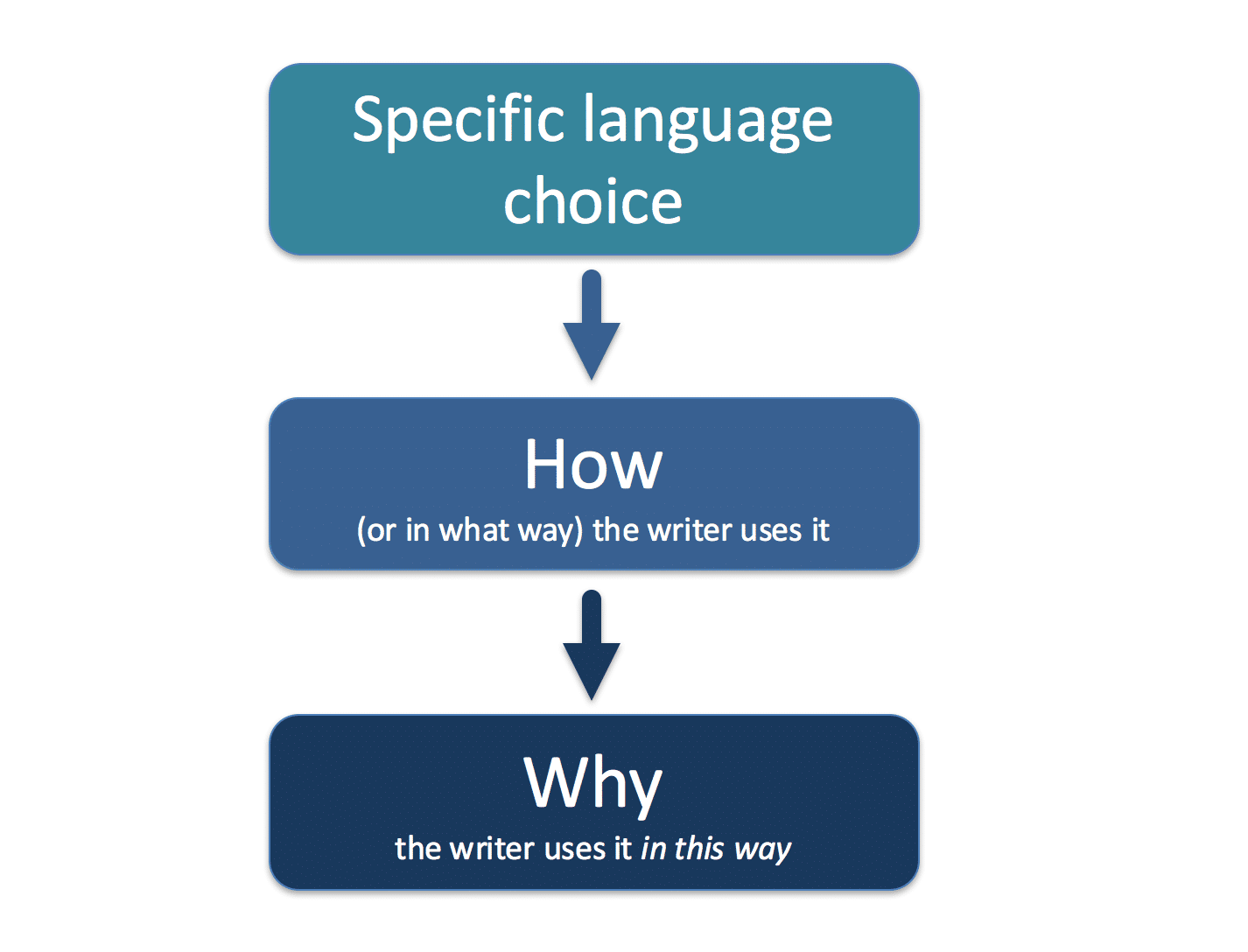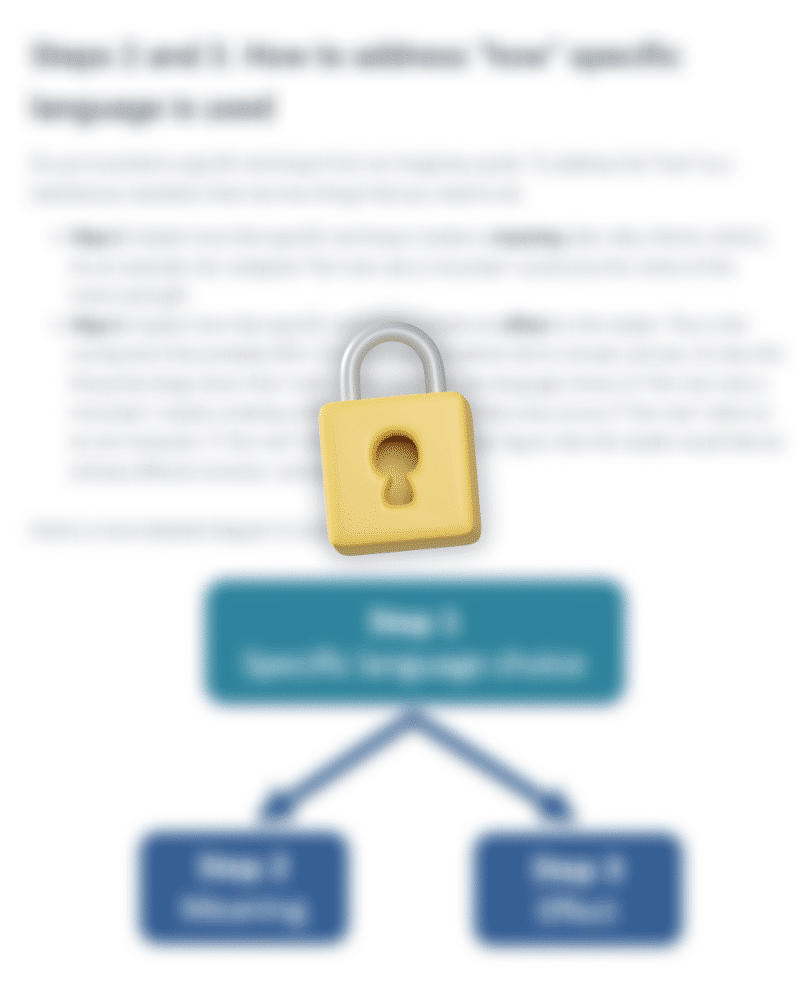To get a 7 in IB English Literature or IB English Language and Literature, you must understand not just how to analyse, but how to analyse properly and correctly. It’s so easy to be confused by all the contradictory advice, but it’s not as hard or as confusing as it seems!
In this introductory guide, I explain the easiest, five-step approach to writing strong IB English analysis. In this guide, I go into the intuition behind analysis and the five simple steps that you can take to transform your analysis from an IB grade of 4 to 7. No more headaches. No more confusion. So what are we waiting for? Let’s get into it!
What exactly is analysis?
Analysis is the act of explaining how and why a writer uses specific language choices.
This is the fundamental task of IB English. If you understand this statement, then you will understand the whole of IB English. Let’s break it down.
“specific language choices”: We are intensely interested in the specific wording, literary techniques, punctuation, and grammar used by the writer of a given text. All of these aspects fall under language, so we must analyse all of them.
“explaining”: Always seek to explain these language choices rather than just stating the fact. Always go deeper. For example, don’t just say that “The writer uses technique X” and move on. You must go further in analysis, by addressing the two key questions:
- How / in what way is technique X being used?
- Why is technique X being used in this way?
“how”: Is it being used to construct an idea or create an emotional effect, or both at the same time? Is the technique being contrasted or combined with another technique to enhance its effectiveness? How a writer chooses to manipulate and utilise a technique is a unique to every text. There are infinite ways in which a technique can be used, but your job is to just consider and explain a particular usage by a particular writer of a particular text.
“why”: Why did the writer choose to use this specific word (or technique) instead of all the thousands of other capable options in the English language? Why this particular word? What makes this technique so special and important that the writer couldn’t help but use it?
Steps of analysis in a diagram
Teachers never teach English with diagrams, but they’re actually extremely useful in understanding how analysis works.
Here is a diagram to summarise what your understanding of analysis should look like at this very moment. Forget what you’ve learned before reading this guide, because everything that I’m teaching you now is the proven blueprint for IB English analysis. I used it to score high marks in IB English Literature, including a 20/20 in Paper 1.

The next step in this guide is to show you how to address these key questions of “how” and the “why” in your analytical writing. But first, let me introduce the five step formula that I know you’ve been waiting for.
The Five Step Formula to IB English literary analysis
So you have a quote that you want to analyse. An example might be:
The wind danced to the music of the autumn birds as it wound its way through every branch, every tree, and every leaf in the quiet forest.

To learn the rest, get started with LitLearn’s Learn Analysis course for free